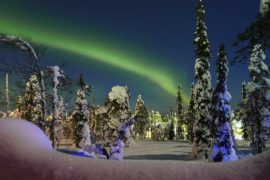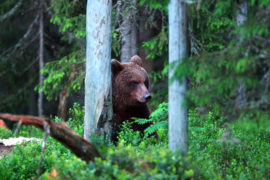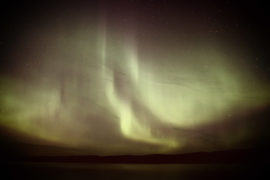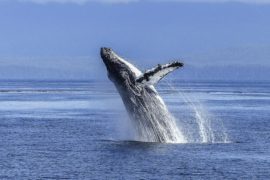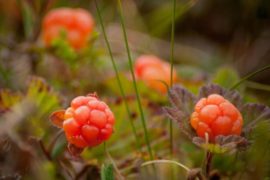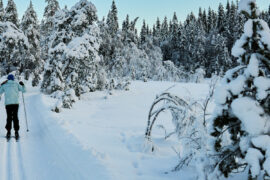Home to towering mountains, huge lakes, dense forests, open grasslands, gushing rivers and thundering waterfalls – the national parks in Sweden are a joy to visit.
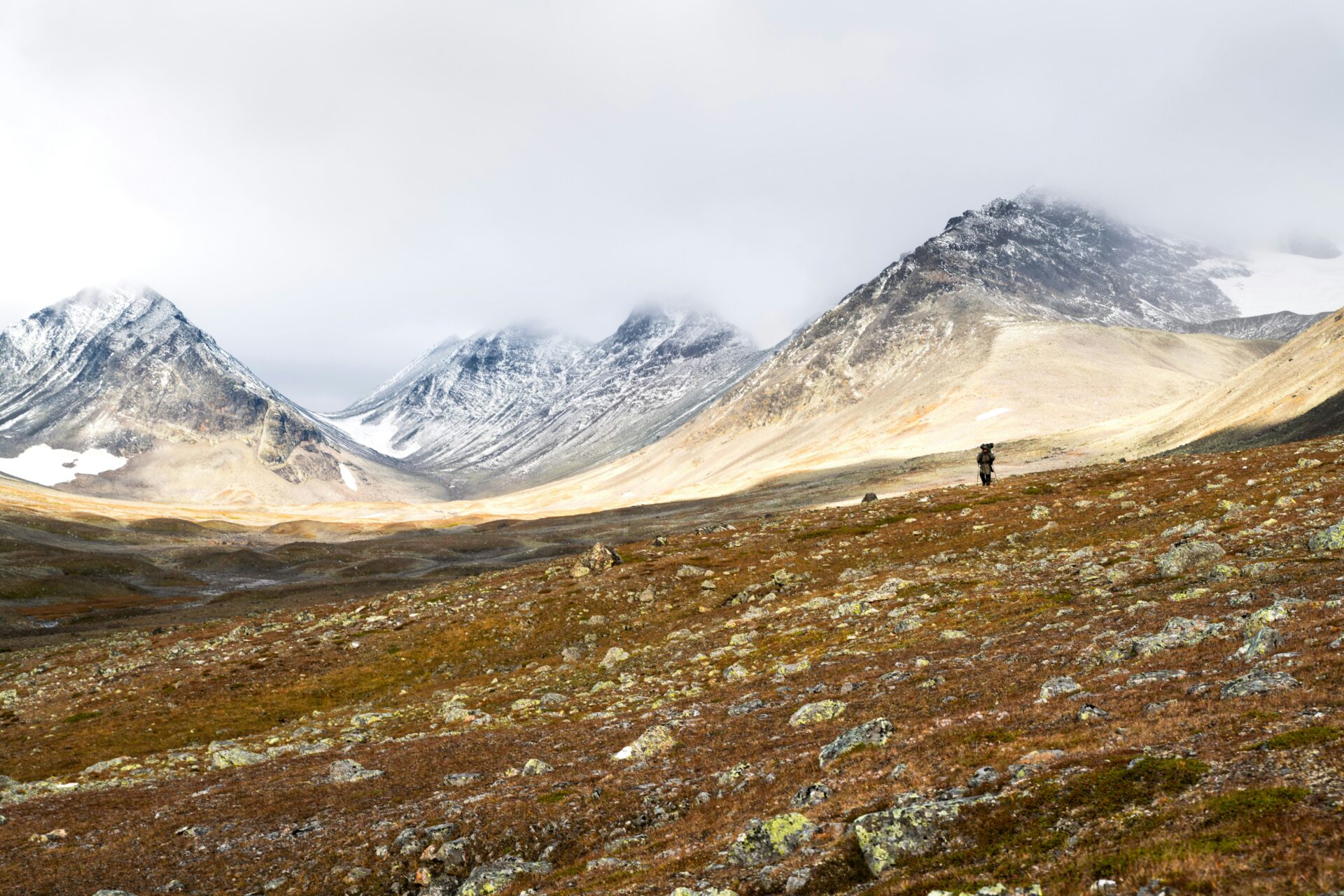
Swedish national parks vary from vast swathes of remote wilderness to smaller green spaces. Consequently, they’re popular with city day-trippers, picnickers, kayakers and hikers.
In fact, Sweden was the first country in Europe to set up a national park system. Today, Sweden has 30 national parks in total, covering some 7000 square kilometres of the country.
There’s much to recommend in all 30 of Sweden’s national parks. But, assuming you don’t have time to visit them all, we’ve picked our ten favourites.
So read on to find out all you need to know about the 10 best national parks in Sweden.
Abisko
Ängsö
Färnebofjärden
Haparanda Skärgård
Kosterhavet
Muddus/Muttos
Sarek
Skuleskogen
Tivedon
Tyresta
Abisko National Park
High up in the Arctic Circle and close to the Norwegian border, Abisko is one of the most visited national parks in Sweden. Namely, this beautiful park includes high mountains, roaring river rapids and Scandinavia’s largest alpine lake.
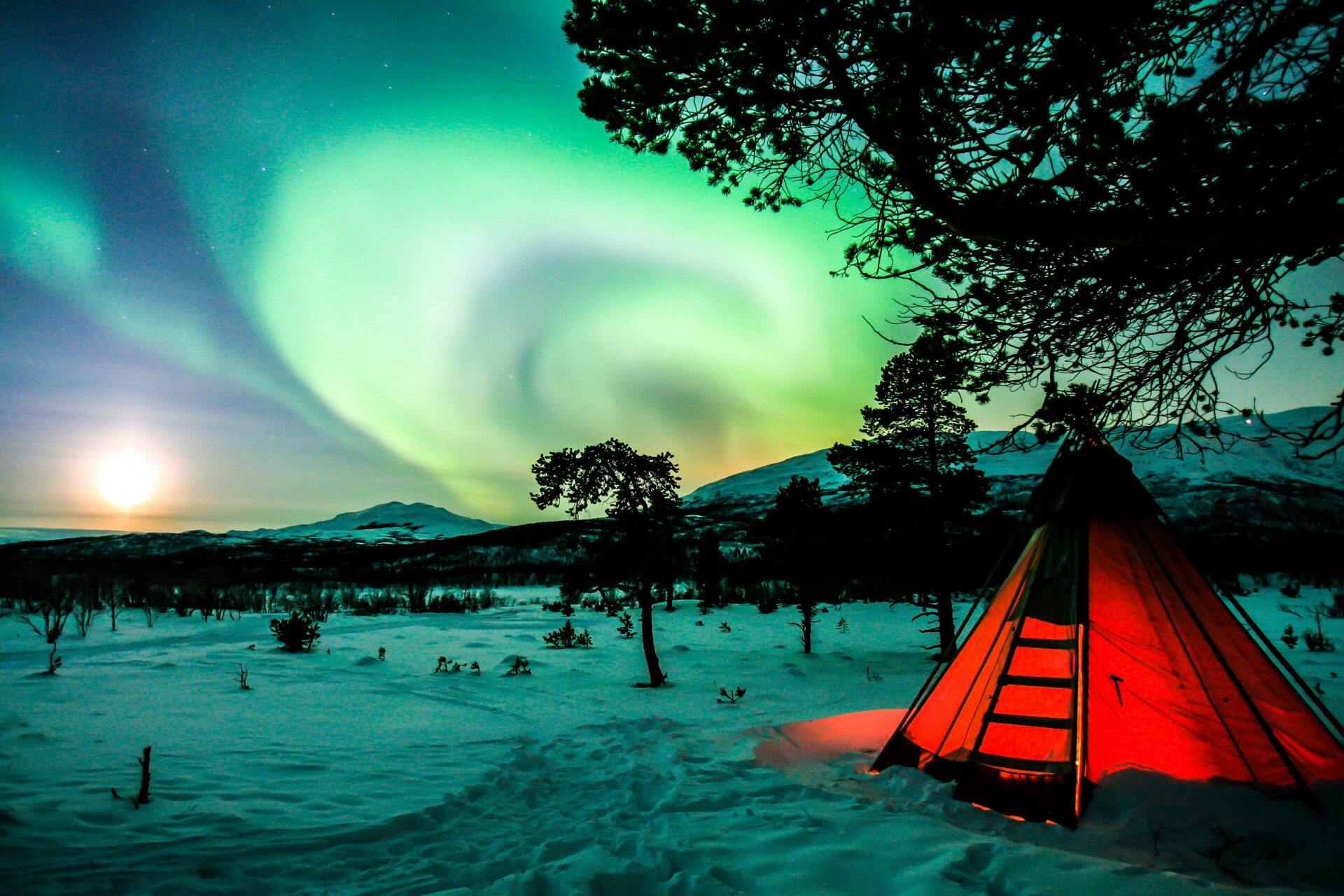
It’s home to wildlife including bears, lynx, wolverine, moose, mountain hares, foxes and reindeer. For more on the park and nearby town, see our guide to What to see and do in Abisko.
Key attractions
Besides gorgeous scenery, the park’s activities are a big draw. There’s spectacular hiking, kayaking and wildlife-spotting in summer. In winter on the other hand, you can skate on the frozen Lake Torneträsk, go cross-country skiing, ice-climbing, dog sledding and northern lights gazing.
Recommended tour
We love this scenic hike, which takes in the Abisko river canyon, Lake Torneträsk and the majestic mountains. You’ll join a knowledgeable guide to help you spot the local wildlife.
Where to stay
Inside the park itself and just 700 metres from the lake, the STF Abisko Turiststation is the place to stay. Furthermore, it’s close to the ski lifts and the starting point for several hikes in the park, it has plenty of options: self-catering cottages, double rooms and bunk-bed dorms plus a restaurant with lake views and a sauna.
Insider tip
Abisko is one of the best places in Sweden to see the northern lights. Because of its isolation there’s little light pollution, and the park’s high mountains keep clouds away. So, clear, crisp starry nights are common.
Read our guide for the lowdown on seeing the northern lights in Abisko.
Ängsö National Park
The Ängsö National Park is an island in the inner Roslagen archipelago, northeast of Stockholm. Actually, it can be accessed only by boat. Its landscape is predominantly rural, with preserved 19th-century farmlands, pretty cottages and farm buildings.
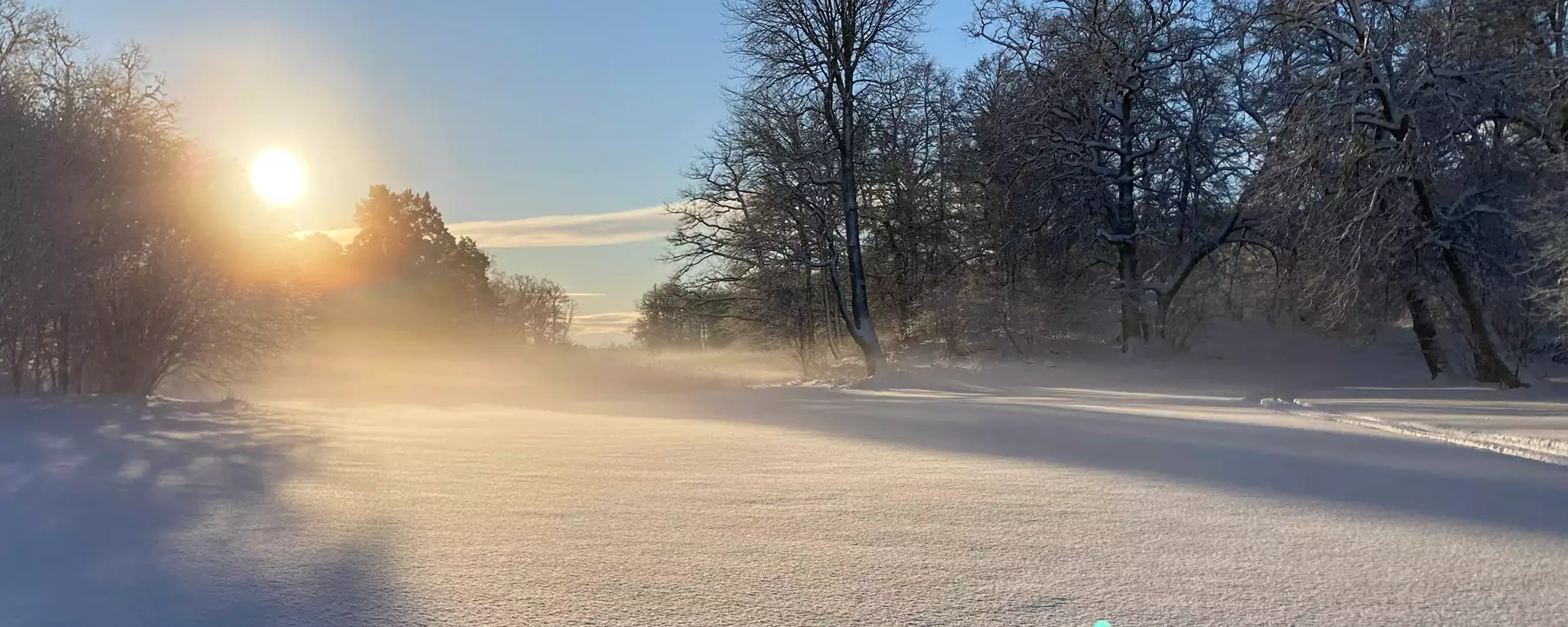
Key attractions
Ängsö is known for its rare flowers, including wood anemones and elder-flowered orchids. It’s also popular for walking and picnicking. However, much of the island’s eastern side is a bird sanctuary. This means it is out of bounds from February to mid-August.
Recommended tour
Gula Båten runs tours to the park, as well as a water taxi service plus kayak, diving and fishing trips.
Where to stay
There is no accommodation on Ängsö. You are allowed to pitch a tent for up to two nights at a small camping area. But, there’s no water or facilities and fires are only allowed at designated spots. Read more about the rules for camping in Sweden here.
Insider tip
Visit from from mid-May until mid-June to see the flowers at their best. This is when the beautiful elder-flowered orchids flower en-masse, with primroses, ramsons, spring peas and cowslips in full bloom too.
Färnebofjärden National Park
This important wetland habitat is known for its beautiful lake, river rapids, marshlands and forests. In fact, some 40 percent of the park is water. This includes the flood plain of the Dalälven river, Lake Färnebofjärden, several islands and the surrounding woods, forests and wetlands.

Key attractions
The park is home to moose, roe deer, mountain hares, red foxes, European pine martens, beavers and otters – but it is the birdlife that is the real draw.
Some 200 species of bird have been seen in the park, including grey herons, capercaillie, ospreys, cranes, woodpeckers, owls, buzzards and white-tailed eagles.
Recommended tour
The best way to explore the park is from the water. Therefore, we recommend you paddle round the calm waters of the lake on this kayak tour with a local guide.
Where to stay
We like the fun Kärrbäcks Bubbla, close to the park. This transparent dome is luxury glamping at its best, including great views of the stars at night and the countryside.
Insider tip
Visit in spring when the Lower Dalälven river bursts its banks. This way, you can watch the dramatic rapids run into Lake Färnebofjärden.
Haparanda Skärgård National Park
Part of the Norrbotten archipelago, Sweden’s northernmost archipelago, the Haparanda Skärgård national park consists of two large and two small islands. It is located in the north of the Gulf of Bothnia, up near the Finnish border.
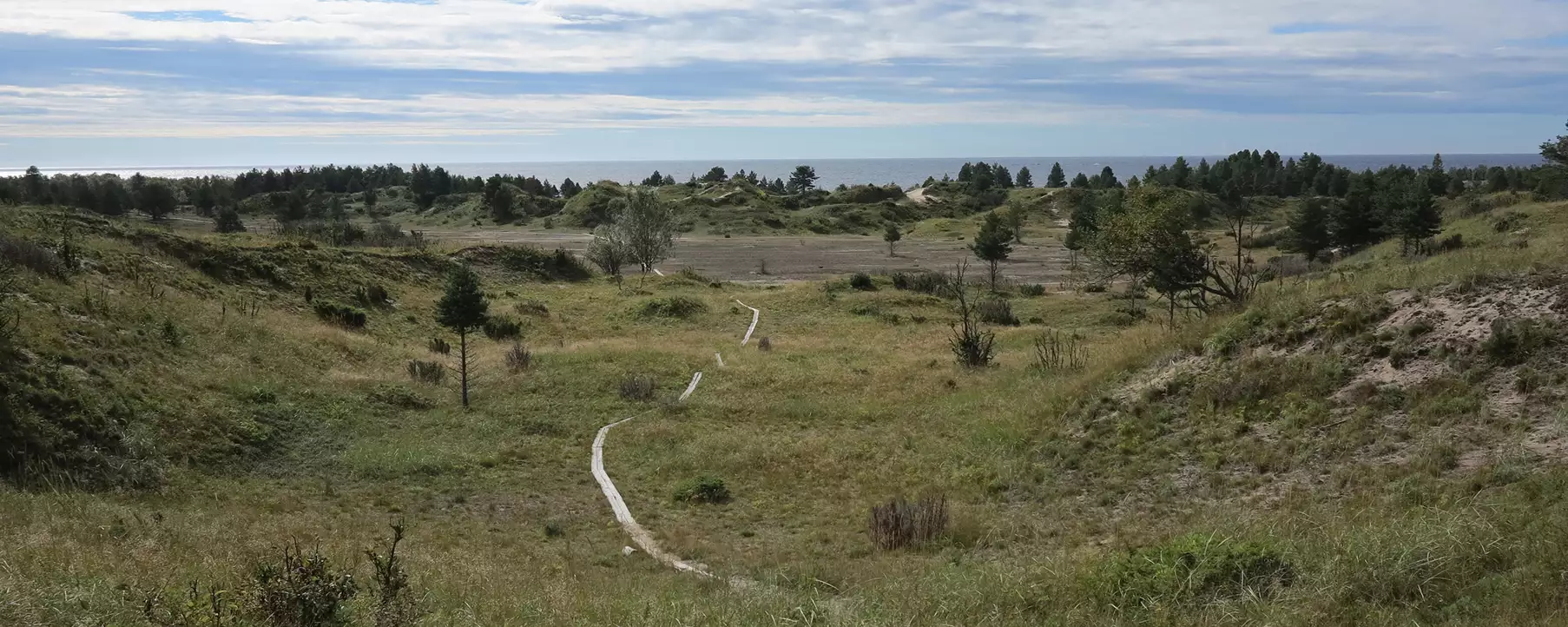
The park is popular with sailors and yacht charters particularly, and in summer ferries run out to the islands daily.
Key attractions
The main island in the park is Sandskär, where there are a few cottages, a small chapel, some lovely long sandy beaches, a nature trail and a bird hide.
Recommended tour
In summer, you can take a boat trip from Haparanda harbour to Sandskär for example. This gives you enough time to explore the island, and swim at one of its sandy beaches.
Where to stay
There are a few simple cottages that can be rented on Sandskär, including bunk beds, basic cooking facilities and a wood-fired sauna.
Wood is provided for cooking and heating. But, come prepared: there’s no electricity and you’ll need to bring your own bedding and food.
Insider tip
In winter the sea freezes over. During this time, the only way to get to the islands is on skis or by snowmobile.
Kosterhavet National Park
Sweden’s first marine national park, Kosterhavet lies off the west coast of the country along the northern Bohuslän coast.
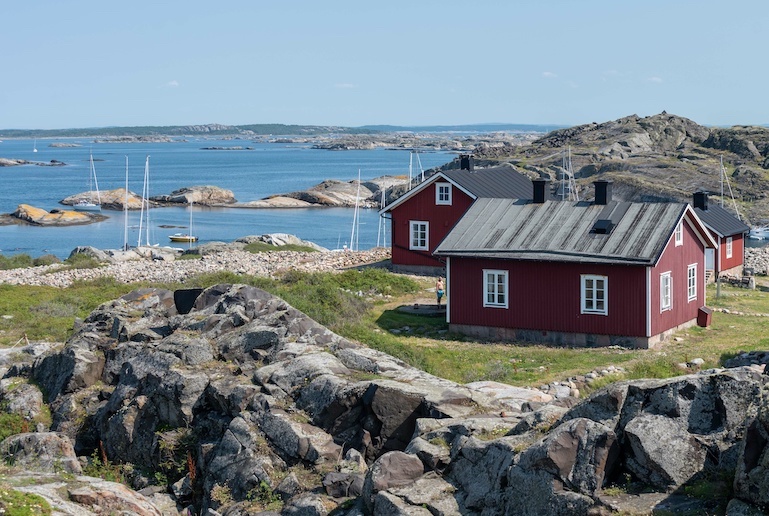
It includes the islands in the southern part of the Koster archipelago, that range from wooded islands to rocky, outcrops with sandy fringes.
Key attractions
Pretty islands, sandy beaches and Sweden’s only cold-water coral reef make this an appealing place to explore by kayak, ferry or sailing boat especially.
Go diving or snorkelling to see crabs, lobsters, sea kelp, sea sponges and coral. Furthermore, you can go fishing for mackerel in summer.
Recommended tour
Kayaking is one of the best ways to explore the park. We love this guided kayak and snorkelling tour, that includes all the gear plus Swedish fika on the beach!
Where to stay
Camping is permitted at certain places in the park, but only for two nights at a time. Therefore, we recommend the Resö Hamnmagasin hostel on the nearby island of Resö, with clean, comfortable rooms right by the waterfront.
Insider tip
Kosterhavet is home to the North Sea’s largest colony of harbour seals – and look out for porpoises in particular.
Muddus/Muttos National Park
This is the largest forest national park in Sweden and part of the Laponia Unesco Heritage site. The Muddus/Muttos National Park is known for its primeval forests, marshland, waterfalls, deep gorges and lakes.
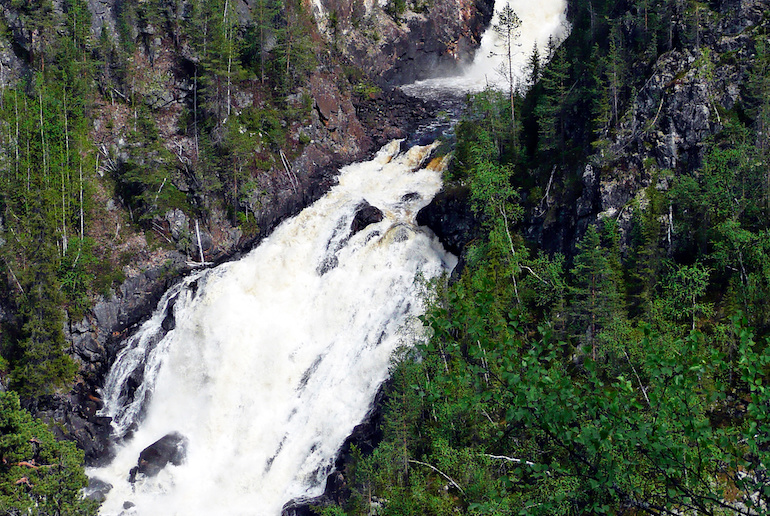
The Sami graze and herd their reindeer here year-round. The park’s marshlands attract a variety of bird species, including Siberian jays, cranes, sandpipers and snipe.
Key attractions
In summer, the park has around 50km of hiking trails. Take in the dramatic Muttosgahtjaldak waterfall which plunges 42 metres down into the narrow Gähppogårsså canyon.
Where to stay
There are several basic cabins and cottages in the park where you can stay year-round. On the other hand, for a real wow experience, the Laponia Sky Hut floats on a lake on the edge of the park.
It comes with its own sauna and barbecue. You also get great views of the sky and the lake through the transparent roof and wrap-around windows.
Insider tip
Visit in June to see the Muttosgahtjaldak waterfall in full spate.
Sarek National Park
One of the oldest and without a doubt wildest national parks in Sweden. Sarek lies in a remote part of Lapland and has few marked trails or facilities for visitors of any kind.

Sarek is home to the Sami people, who graze reindeer here. For this reason, it is protected by UNESCO World Heritage status.
Key attractions
A wild high alpine landscape of rivers deltas and valleys, Sarek is also home to six of Sweden’s highest mountains and almost 100 glaciers. The wildlife that live here include bears, wolverine, elk, lynx, plus birds of prey such as golden eagles and buzzards.
Recommended tour
Exploring with an experienced guide is a good idea in such a remote landscape. Therefore, we recommend this 9-day camping and hiking trip in Sarek – including tent, all food and guided hikes.
Where to stay
There are no camping cabins or accommodation of any kind in Sarek. So the only option is to bring your own tent and camp wild.
Insider tip
Sarek is one of Sweden’s least accessible parks, with no road access at all. Hence, the only way to enter the park is to hike or ski in! July and August are peak hiking season here, though mosquitos are rife in July, in particular.
Skuleskogen National Park
Another not to miss national park of Sweden is the Skuleskogen National park. It encompasses a steep rift valley, granite rock formations, islands, lakes, rivers, and forest. In addition, there’s a 200-metre long canyon and a beautiful stretch of coastline.
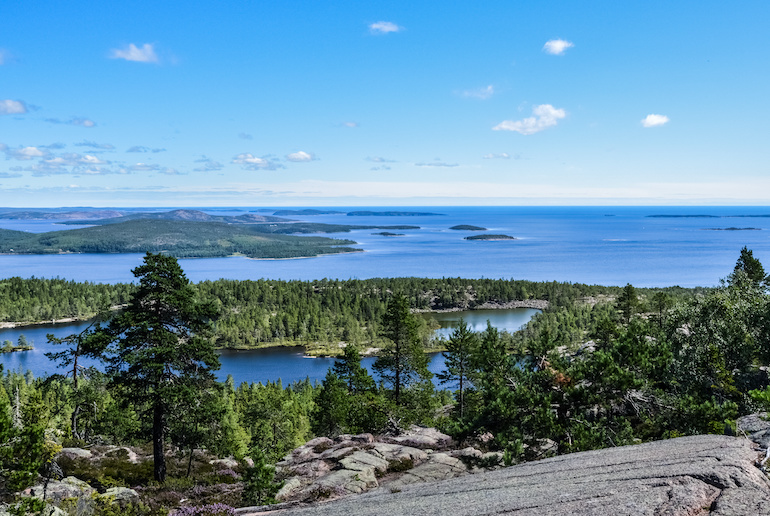
The long-distance Höga Kustenleden (the High Coast trail) runs through the park, taking in the world’s highest coastline at around 286 metres above sea level.
Key attractions
Skuleskogen’s attractions include dramatic views over the Bothnian Sea, sandy beaches for swimming, riverside picnic and barbecue spots and 30km of hiking trails.
Recommended tour
We love this 9‑day Höga Kusten Trail adventure. It weaves through Sweden’s UNESCO World Heritage High Coast with dramatic cliffs, lush forests, and panoramic Baltic views up to 250 m above sea level. Accommodation in traditional cabins, guesthouses, and hotels (with pre‑ and post‑trek stays) and a handy GPS‑enabled app for navigation make it both comfortable and adventurous.
Where to stay
There are basic log cabins that you can shelter in on the Tärnättholmarna islands (actually accessible via a sand causeway), and wild camping on a beach near the south entrance.
If you prefer mor more comfort, the cosy and traditional Villa Skuleskogen lies just to the south of park and sleeps ten.
Insider tip
Skuleskogen lies about 130km south of Umeå, and has three access points. The North entrance, the South entrance and the West entrance, though only the South entrance is open in winter.
The High Coast trail runs from north to south through the park. If you’re interested, click here for a map of the park and its hiking trails.
Tivedon National Park
Tucked away in Sweden’s lake district between the vast lakes Vänern and Vättern, lays the Tivedon National Park. It is a hilly, wooded area, that’s home to rift valleys, lakes where you can swim, giant boulders, ancient woodland. Moreover, you can enjoy the stunning views over the forest from the Trollkyrkobergen mountains.

Key attractions
It may be one of Sweden’s smaller national parks, but it holds a lot of beautiful scenery for its size.
Mysterious moss-covered boulders, sparkling lakes, sandy beaches, rocky outcrops, mysterious caves and grottoes. It’s a great place to explore on foot, by bike or on even on horseback.
The park has nine marked hiking loops and a series of wooden walkways, that take you up into the tree tops for views over the canopy.
Recommended tour
Wildlife spotting is a popular activity in the park, and this evening moose safari is a great way to increase your chances of seeing these shy creatures. It also includes dinner round a campfire!
Where to stay
Three minutes’ drive from the park, Ösjönäs has lakeside rooms, cottages and camping, with a private sandy lake beach. Bikes, canoes and kayaks can be rented on site, and there’s a sauna and hot tub with views over the lake.
Insider tip
The park is popular in peak season, from mid-June to mid-September, so avoid visiting at weekends in the summer if possible. Before 10am and after 4pm tend to be quieter.
Tyresta National Park
Last but not least, this national park is just 10km outside Stockholm. The Tyresta National park is home to southern Sweden’s largest area of ancient forest, plus 55km of hiking trails.
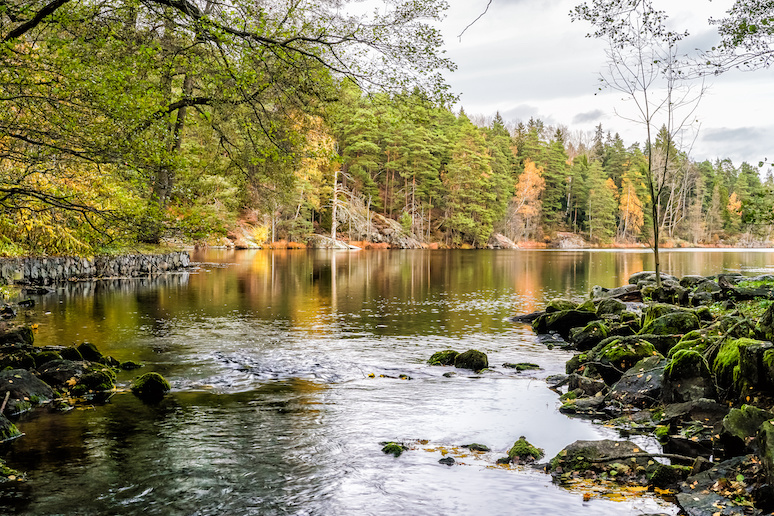
Given its proximity to Stockholm, it’s a popular day trip for city-dwellers who come to picnic by the lakes and walk in the woods. You can also forage for mushrooms and berries, or simply enjoy the peace and quiet of the countryside.
Key attractions
Home to lakes and gentle hills, the park is covered in ancient pine and spruce forests. Here, lichen and moss grow and wild boars, beavers, roe deer and woodpeckers hide.
Recommended tour
Dusk is the best time for viewing wildlife and this evening hike in Tyresta includes a knowledgeable guide who will take you to the best places to spot animals. It also includes an organic picnic in the park, plus transport from Stockholm.
Where to stay
Most people visit on a day trip from Stockholm. However, if you want to stay out of the city, this cosy cottage surrounded by trees is close to the park and a lake.
Insider tip
In case you want more on the Tyresta National Park, see our guides on Where to go hiking near Stockholm and Where to see wildlife round Stockholm.
Time to explore the National parks in Sweden
In short, Sweden’s national parks offer an incredible diversity of landscapes. From lush forests and serene wetlands to dramatic mountains and Arctic tundra. Whether you’re planning a peaceful nature walk or a multi-day backcountry adventure, there’s a park to match every kind of explorer.
Have you visited one of national parks in Sweden, or are you planning to?
We’d love to hear about your experiences, tips, or upcoming trips – share them in the comments below!
See also:
11 best ski areas in Sweden
7 best beaches in Sweden
The best kayak and canoe tours in Sweden

